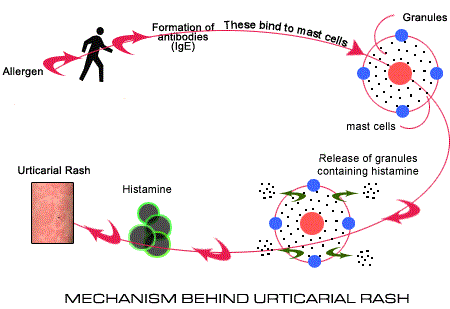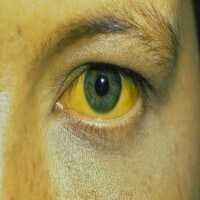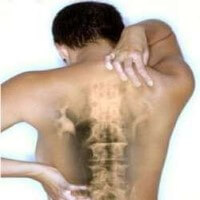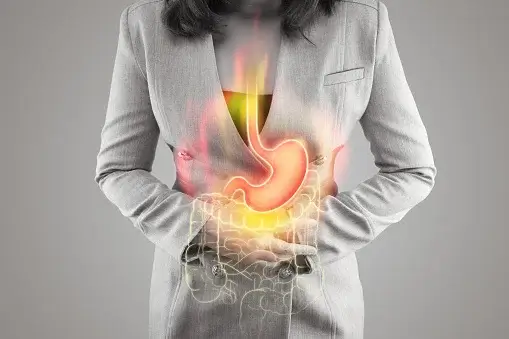Urticaria Ayurvedic Treatment

Urticaria or Hives is an allergic disorder of the skin. It is characterized by the sudden or repeated appearance of wheals, and irregular, round skin lesions accompanied by inflammation and itching. It usually appears on the covered areas of skin, but rarely on the palms, soles, or scalp.
Though it is not life-threatening in most cases but it does pose a great bit of discomfort along with affecting the quality of life. It usually lasts from a few hours to a few days and the skin does not have any severe changes in it.
Ayurvedic Description Of Urticaria
In Ayurveda, the condition of urticaria can be co-related to Sheeta pitta. The condition of Sheeta pitta has two words, Sheeta and Pitta. The word ‘Sheeta’ means cold and ‘Pitta’ refers to warmth.
The dominance of Vata and Kapha over Pitta is observed in this condition. Both Vata and Kapha due to their aggravating factors mixed up with Pitta dosha, red rashes with itching, and burning sensations appear on the skin.
Signs & Symptoms
- Round and irregular lesions with inflammation
- Itching
- Thirst and burning sensation
Causes and Risk Factors
1. Allergens
Materials such as wool, metals, animal fur, and silk, and the infestation of scabies, lice, bugs, and worms can trigger hives.
2. Medications
A vast majority of the drugs cause urticaria, this includes codeine, aspirin, penicillin, clotrimazole, sulfonamides, piracetam, vaccines, and anti-diabetic drugs like glimepiride.
3. Insect bite
An insect or parasite bite can also cause urticaria, and the body’s response to counter insect bite lead to urticaria.
4. Environment
Sudden exposure to extreme cold, windy and damp environments induces urticaria. The common form of cold urticaria shows appearance over the face, neck and hands when exposed to cold. It lasts for 5 to 6 years and the people affected mostly are the young population. Similarly extreme sunlight also is a factor in urticarial.
5. Stress
The latest studies have shown the links between stress and urticaria. Some stressful life events like the death of a loved one/s, divorce etc. can lead to stress-related idiopathic urticarial.
6. Diet
Diets that result in the release of histamine from mast cells is also a factor in urticaria. The food allergies include shellfish, dry nuts, eggs, soya and wheat. Apart from these, additives in processed foods are also the most common cause of urticaria.
7. Strenuous exercise
Urticaria has been seen in people who do strenuous workouts with symptoms of SOB, itching and low BP. This can be very lethal. The reason for this can be when someone does exercise after eating certain food like wheat, soy and shellfish.
Self Care Tips
- Cold compression is recommended as it helps in shrinking the blood vessels and blocks the further release of histamine. This combats itching, swelling and inflammation. Take some ice cubes wrapped in a polybag and place them over the affected skin for some minutes. This should be repeated for 3-4 times a day.
- Apply baking soda paste, mix it with water to make a thick paste and apply on the affected area and rinse off with warm water. This helps in inflammation as it has anti-inflammatory properties.
- Avoid food items that have preservatives and additives in them.
- Avoid alcohol during the attack period.
- Exposure to the environment that can trigger the condition must be avoided.
- Foods like fish, soya, and all the known substance that have the tendency to increase the risk must be avoided.
- Avoid too cold food items that aggravate Vata and Kapha in the body.
- Daytime sleeping and consumption of food items that are incompatible with each other are strictly prohibited.
Ayurveda offers the treatment with a correct diet and lifestyle along with the application of local herbal preparations. This includes other modalities like Virechan and Vaman also.







